Estimated reading time: 11 minutes
You could be forgiven for believing that attacks on defenseless kids in schools were a uniquely modern phenomenon. It seems every week we are fed yet more heartrending images of terrified children streaming out of some violated place of learning. In the inevitable aftermath, politicians and talking heads in the media rend their clothes and shriek about how something must be done to stem the flow of gore. That something is inevitably a call to enact some ineffective gun control measure or other. Even when the lunatic uses a handgun, Leftists invariably lobby to renew the 1994 Assault Weapons ban. It’s as predictable as the tides.
Table of contents

School Shooting Reality
Reality is that, yes, we do have more school shootings than was previously the case. I would posit the primary cause to be a systematic deactivation of our collective moral compass rather than availability of firearms, but what do I know? The indisputable reality, however, is that school attacks really aren’t anything new. They’ve been around forever. The main difference is that now the details are piped into our pockets moments after the smoke clears.

The trappings of the Information Age offer individual Americans unprecedented access to real-world horror. Most everybody on the planet has a cell phone (No kidding, there are 16 billion cellular devices operating in a world of 7.8 billion people). Most all of those cell phones have cameras. Nowadays the phone cameras come out before the cops are called or first aid is administered. We humans are such reprehensible ghouls.
We Witness Far Too Much Violence
Having a ringside seat to assault, murder, or genocide is incrementally rewiring our brains. We increasingly make policy decisions based upon imagery and emotion rather than facts and logic. Sometimes that means the most popular beer in America becomes a pariah overnight because of a handful of cans with some really messed up person’s picture on the side. Others we find that isolated images dripping with pathos can shape the affairs of nations. Ours is indeed a weird old world.
So, what’s the point to all this ethereal rambling about the many manifest ills of smart phones and the Information Age? One of the most horrible school attacks in American history took place nearly a century ago in Bath Charter Township in Michigan. On 18 May, 1927, a card-carrying loser named Andrew Kehoe killed 44 innocent people in an attack so heartless and calculated that it offends even modern sensibilities. And he did so without using a gun.
The Making of a Monster

Andrew Phillip Kehoe was one of thirteen children born in 1872 to Phillip and Mary Kehoe in Lansing, Michigan. He studied electrical engineering at Michigan State College and worked as an electrician for years. At some point during his professional career, Kehoe fell onto his head and was rendered comatose for some weeks. He nominally recovered afterwards, but never was quite right.
Available on GunsAmerica Now
Andrew Kehoe’s mother died unexpectedly, and his father subsequently married a local widow named Frances Wilder. Wilder was markedly younger than Kehoe’s dad. Andrew never cared for his youthful stepmom. In the Fall of 1917, Wilder was attempting to light an oil stove when it exploded. Andrew doused the flaming woman with water only to have this exacerbate the oil fire. The poor lady succumbed to her injuries the following day. There were subsequent rumblings that Kehoe might have tampered with the stove, though that was never proved.
The Psychopath
Andrew Kehoe was intelligent, industrious, and frugal, but he was also a psychopath. He once beat one of his horses to death when it didn’t behave as he expected it to. As to how much of that was programmed into his DNA and how much was the head injury combined with the horrible experience with his stepmother will never be fully ascertained. Regardless, the foundation was laid for something truly horrible.
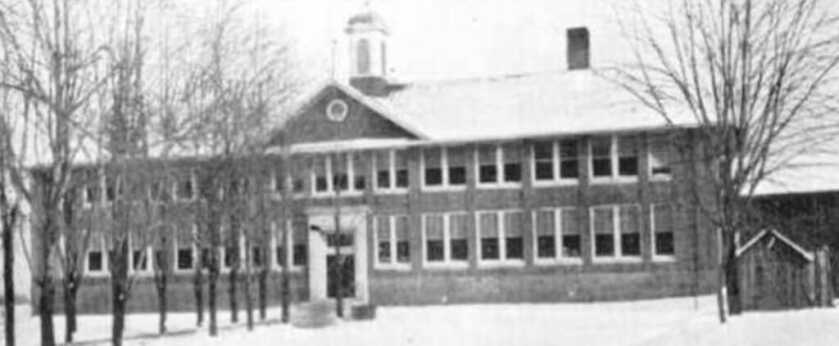
Kehoe was described as an “Injustice Collector.” That just meant he held a mean grudge. He served as treasurer of the local school board and vigorously resisted efforts to increase taxes to build a new consolidated school. When he was voted down by the rest of the board, he became embittered.
The resulting local tax increases cost Kehoe an additional $70 per year in property levies. That would be about $1,100 today. This expenditure exceeded his income and resulted in the foreclosure on his property by the mortgage holder–the widow of his wife’s uncle. In 1925, Kehoe lost a local election as town clerk. Throughout it all, his wife suffered from untreatable tuberculosis. The cumulative stress of all this stuff conspired to push the man over the edge.
Prepping for the Apocalypse

Kehoe planned his attack months in advance. Explosives were in common use on rural farms, so he bought dynamite and pyrotol in modest quantities from a variety of sources. Pyrotol was a curious explosive agent made from WW1-vintage military surplus nitrocellulose smokeless powder, sodium nitrate, and dynamite that was used for excavation and destruction of farm debris. Kehoe also stole explosives from a local bridge construction site. In short order he had accumulated vast quantities of the stuff.
In anticipation of his attack, Kehoe systematically destroyed his farm. He girdled his shade trees and severed his grape vines at their bases before weirdly replacing the stumps to make it appear like a natural phenomenon. He tore down his wire fences, so his livestock could wander free.
Kehoe was contracted to do some electrical work on the new school, so he had unfettered access to the facility. Without the knowledge of local townspeople or school officials, Kehoe had rigged two wings of the school with hundreds of pounds of high explosives. He concealed the explosive material in pipes, fishing rods, and various innocuous-looking construction materials so they wouldn’t be discovered. He rigged the IEDs to mechanical alarm clocks set to detonate at 0845 on 18 May 1927. First bell at school was 0830. Fifteen minutes after that, the school was packed with kids.
Unleashing Hell
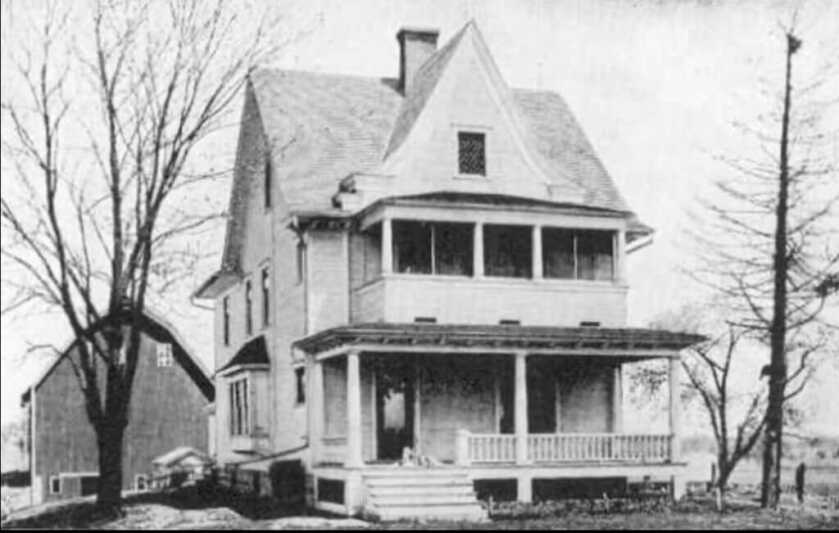
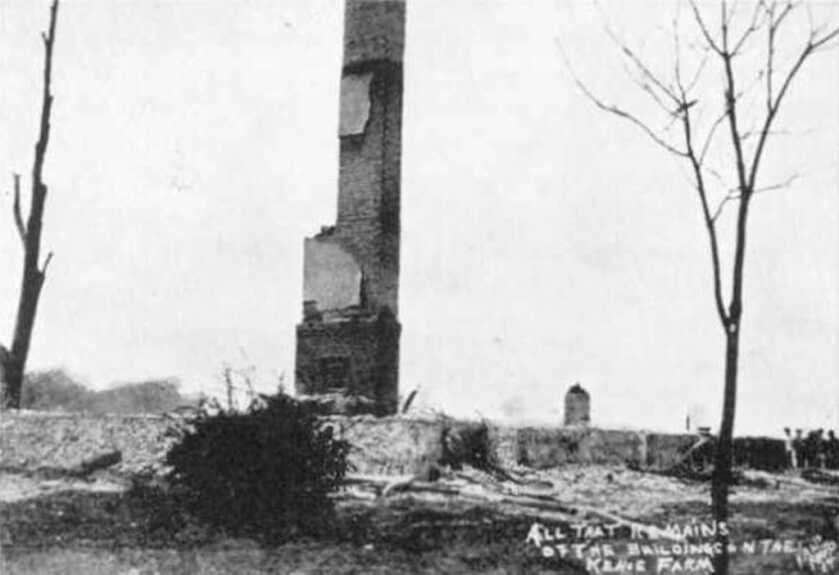
Kehoe’s wife Nellie had been released from the local hospital two days before the attack. Early on 18 May, Kehoe murdered her and placed her body behind the chicken coop in a wheelbarrow. He wired the legs of his two horses together in their stalls so they couldn’t escape. He then remotely detonated a homemade explosive device that utterly pulverized his home and farm buildings. Debris from the detonation flew far enough to damage buildings on neighboring farms. Kehoe then mounted his pickup truck and headed toward the school.
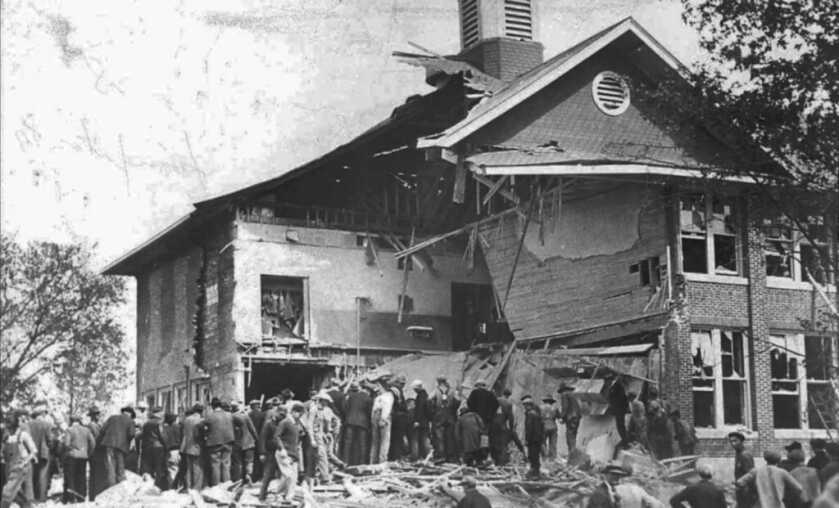
The School Bombing
The bomb in the north wing of the school went off just as planned. 38 people perished immediately, most of them children. Fortuitously, the shock from the first explosion apparently disrupted the firing circuit on the second. That was the only good news to come from this ghastly day.
Parents, rescue workers, and concerned citizens flocked to the site of the blast. Kehoe arrived onsite about half an hour later after a proper crowd had accumulated. Amidst the chaos, School Superintendent Emory Huyck recognized Kehoe from their time together on the school board. Kehoe motioned him over to his pickup, and a scuffle broke out. Locals later claimed the two men seemed to be struggling over a rifle. At that point, Kehoe’s pickup was consumed in another massive explosion.
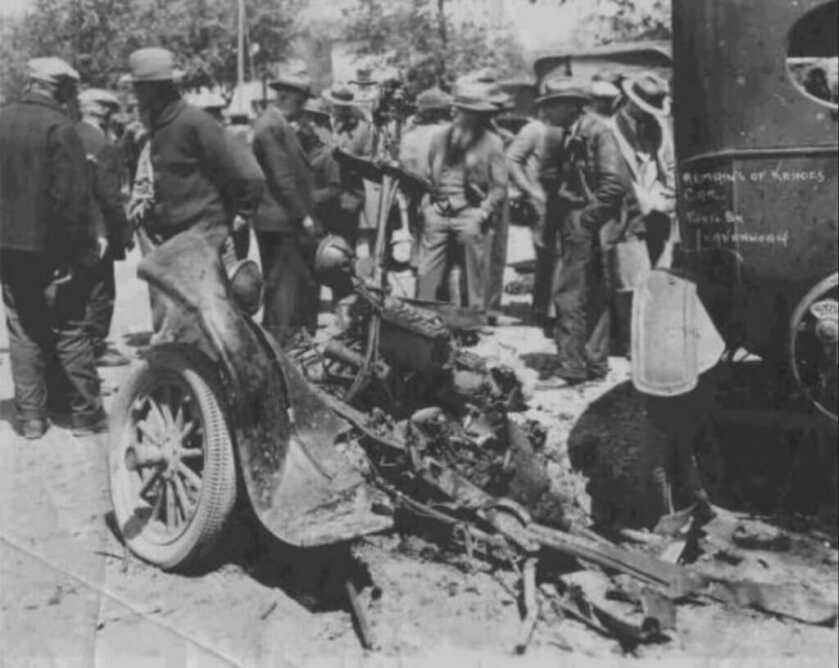
Kehoe had packed the bed of his truck with explosives and then surrounded his VBIED (Vehicle-Borne Improvised Explosive Device) with scrap steel and farm debris. The force of the blast combined with the resulting shrapnel killed Kehoe, Huyck, Nelson McFarren, a retired farmer who had just come out to help, and a second-grader named Cleo Clayton who had only narrowly survived the school blast. Fragments from the device also tore the leg off of local Postmaster Glenn Smith. Smith bled out on his way to the hospital.
School Casualties
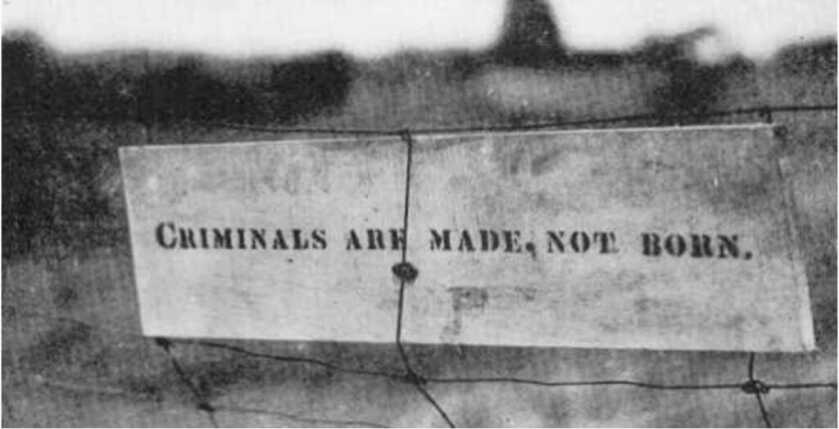
The authorities eventually policed up some 500 pounds of high explosive left over from the second dud bomb at the school. When investigators got out to the Kehoe farm to investigate the origins of the killings, they found a stenciled sign secured to a fence that read, “Criminals are made, not born.” In settling the Kehoe estate, investigators had to take an inventory of the unused equipment and materials at the farm site. It was later determined that Kehoe could have sold his excess farm equipment and covered his extra tax burden.
Three months after the bombing, a fourth-grader named Beatrice Gibbs died following surgery on her hip that had been injured in the blast. She was the 44th victim of the egregious attack. Another 58 were injured.
Roughly one year later 8-year-old Richard Fitz succumbed to myocarditis. His older sister Marjorie had perished in the original attack. Though there was suspicion that Richard’s myocarditis stemmed from injuries he had received that dark day at school, his name is not typically included in the list of victims.
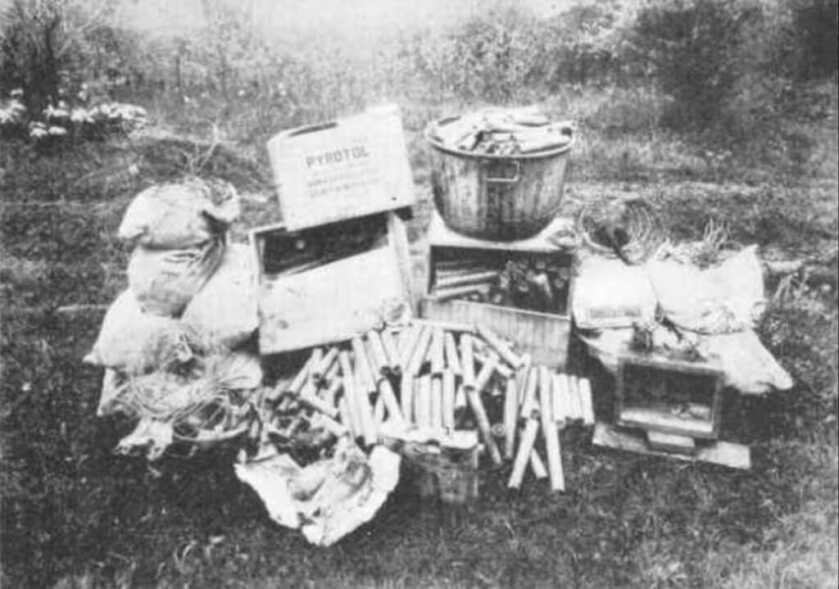
Aftermath
Two days after the Bath attack, Charles Lindbergh made his historic airborne crossing of the Atlantic. This event overshadowed the bombing to a degree, but condolences nonetheless poured in from around the world. US Senator James Couzens wrote a personal check for $75,000 (roughly $1.1 million today) to cover rebuilding the school. During the construction, workmen discovered three more caches of unexploded dynamite. The Kehoe farm was completely plowed under to ensure no further explosives remained before being auctioned off to cover the mortgage debt.
READ MORE: Dr. Dabbs – Frogfoot Larceny: The Russian Warthog
Kehoe’s wife Nellie was buried in Lansing under her maiden name. What was left of Andrew Kehoe was claimed by his sister and interred in an unmarked pauper’s grave without a ceremony. Even that was too good for such a monster.
*** Buy and Sell on GunsAmerica! ***












One factor contributing the increased numerosity of school shootings is simply an increase in the population. There are approximately three times more people in the US now than there were in 1927. Other factors appears to be age (teenagers) and social isolation; most of the shooters are loners with undiagnosed mental conditions, including schizophrenia, autism, sever depression, and various unresolved anger/rage issues that result in violent ideation and ultimately action.
an educated man. prosperous. owned land. nice looking house. elected political positions. Evil comes in all forms.
Didn’t know they still made Count Chocula cereal.
I agree with the submitting of McKinley. A lot of people have died attempting it on foot.
Great story about the Bath school.
My grandma lived in Bath at the time of the bombing, and I know lots of stories about that day. I went to that school for my 7th and 8th grade classes. One class I had was working in the darkroom developing film, which was in the basement. This part of the building was still original. The other class was our AG class where we raised chickens and then butchered them, right there at school. They were all pre-sold to people who wanted our fresh raised birds. Those were great times. It was a shame that they ended up tearing that building down, in my opinion. Man, that thing had a boiler room you wouldn’t believe, that school was never cold.